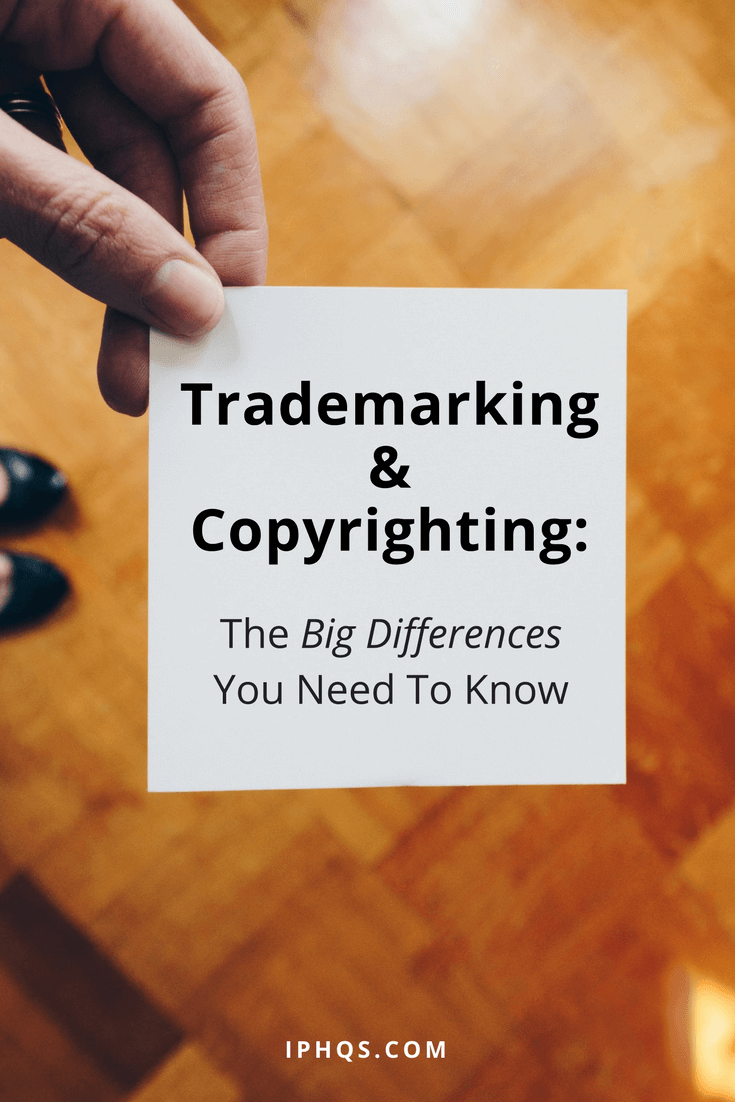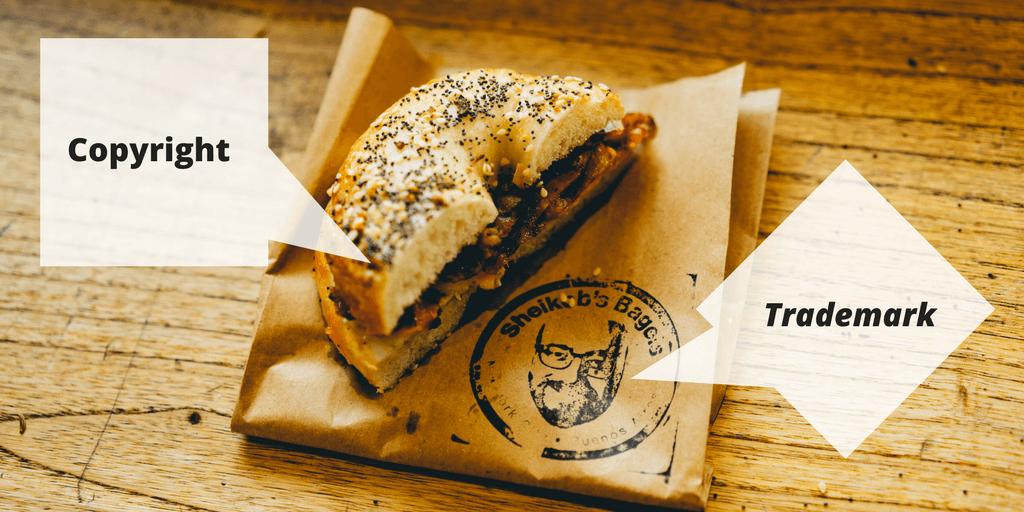The questions I get asked all the time are, more often than not, about trademarking and copyrighting. “What should I register with the US Copyright Office?” “What should I register with the US Patent and Trademark Office?” “How do I get a patent, anyway?”
All great questions. But first, let’s break them up into pieces so we have a better understanding of what, exactly, trademarking and copyrighting are.
When You Should Register A Trademark
Think of a trademark as the outside appearance of your brand. Generally speaking, if it’s your brand name, logo, or specific brand colors (like Tiffany blue), that falls under the trademark umbrella.
Take a second and think of a couple brands:
- BMW
- Coca-Cola
- Crocs
- McDonald’s
- Spotify
Immediately, you probably think of the brand name and the logo as intertwined, right? You can’t have McDonald’s without the golden arches. Each of these brand names and logos are a unique package. This name-logo combo is their personal mark in whatever specialized trade they’re in.
Trademarks are registered with the U.S. Patent and Trademark Office at USPTO.gov, and I would absolutely recommend using an attorney to register your trademark.
When You Should Register A Copyright
If trademarks are the outside appearance of a brand, the stamp that says “This is a Subway sandwich, specifically!”, then copyrights are the literal meat and cheese of that sandwich.
You register a copyright when you have unique content you want to protect–an artwork, a podcast, a blog post, a book, a building plan. A sandwich recipe.
(Though registering a copyright for a recipe is fairly complicated, mostly because someone could theoretically gently tweak one tiny part of the recipe and call it their own without violating copyright law.)
Regardless of the imperfect metaphor, you copyright the sandwich–the specific way that you made it. Your artistic creation. The trademarked logo-and-brand-name is the wrapper around your content that says which unique brand made this unique tasty sandwich.
And of course, these would all fall under the purview of the United States Copyright Office.
When You Should Apply For A Patent
If trademarks are the sandwich wrapper and copyrights are the actual sandwich, patents are for an entirely new sandwich-making process altogether.
Let’s say you invent some kind of Instant Sandwich Assembly Machine that allows you to throw a bunch of ingredients into a fancy box, shake it, let it sit, and then open up the lid and retrieve a perfectly-made sandwich with a toasted bun.
This idea is SO new, and SO unlike anything else on the market, that you would want to claim credit for the entire technique. And that’s where patents come in. A patent, from my understanding, is a unique business model, or a unique product, or service.
And again, if you’re looking specifically to patent something, I would seek out somebody who specializes in patent law. They can tell you if you actually qualify for a patent–sometimes, what you think is a new technique might actually be a subtle variation on an already-existing patent.
Trademarking and Copyrighting: The Conclusion
Let’s sum up. If you have a specific brand identity that involves a name, a logo, and in very special cases, particular colors, you’ll want to register a trademark for them with the U.S. Patent and Trademark Office at USPTO.gov.
If you have unique content you’ve created, like a movie, podcast, or e-course, you’ll want to register the copyright for that content with the U.S. Copyright Office.
And if the content you’ve created is so unique that it’s a process never before seen by human eyes, that’s when you want to get patents involved–again, with the U.S. Patent and Trademark Office.

Photo credit: Dan Gold//Eaters Collective//William Iven//Kelly Sikkema


